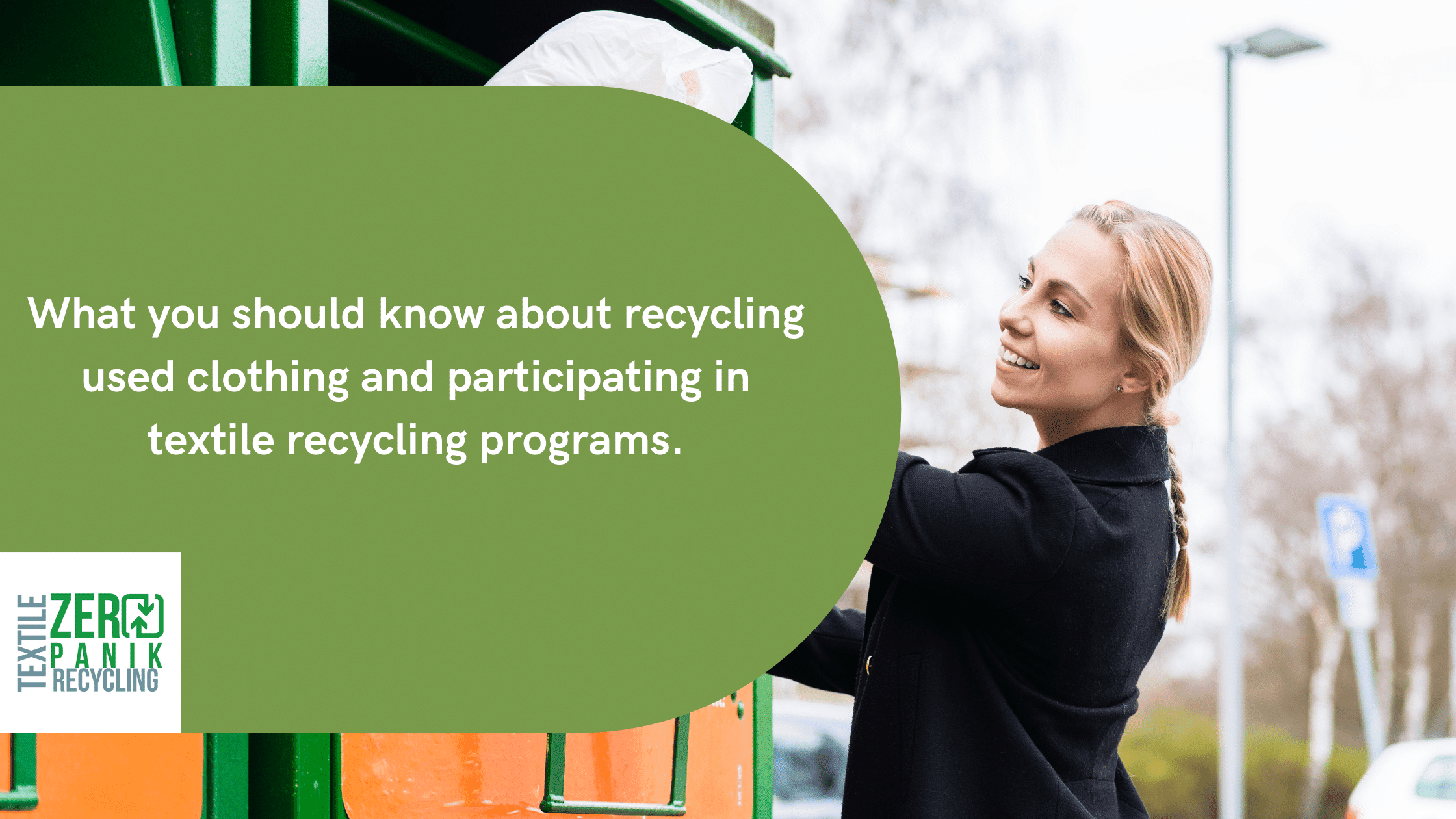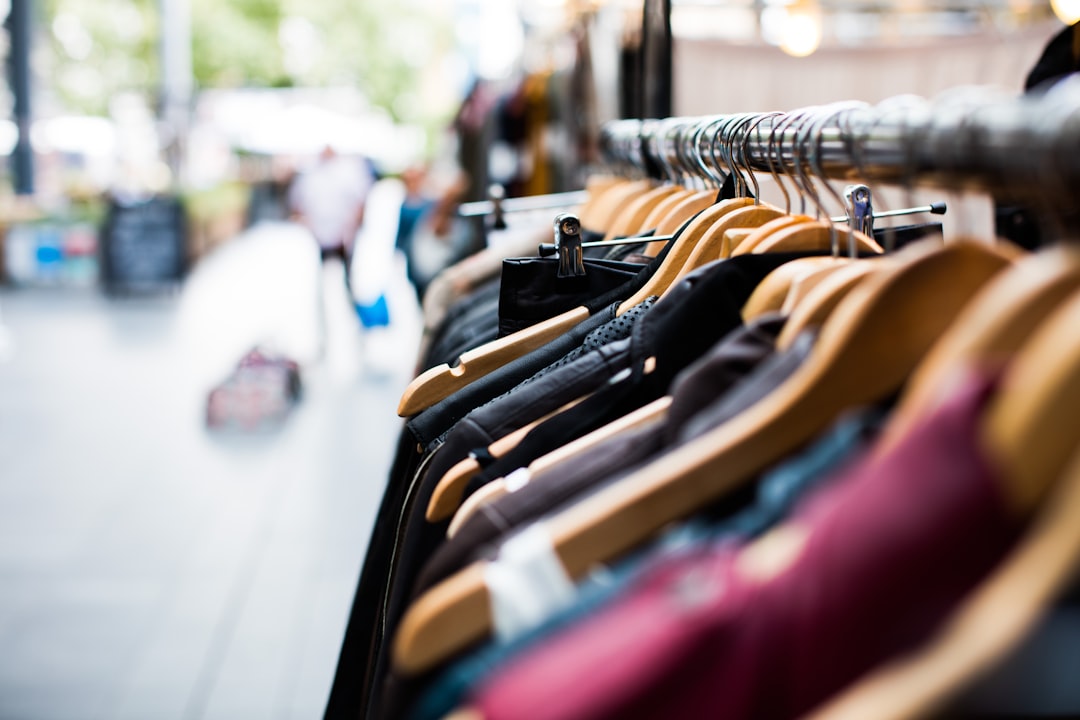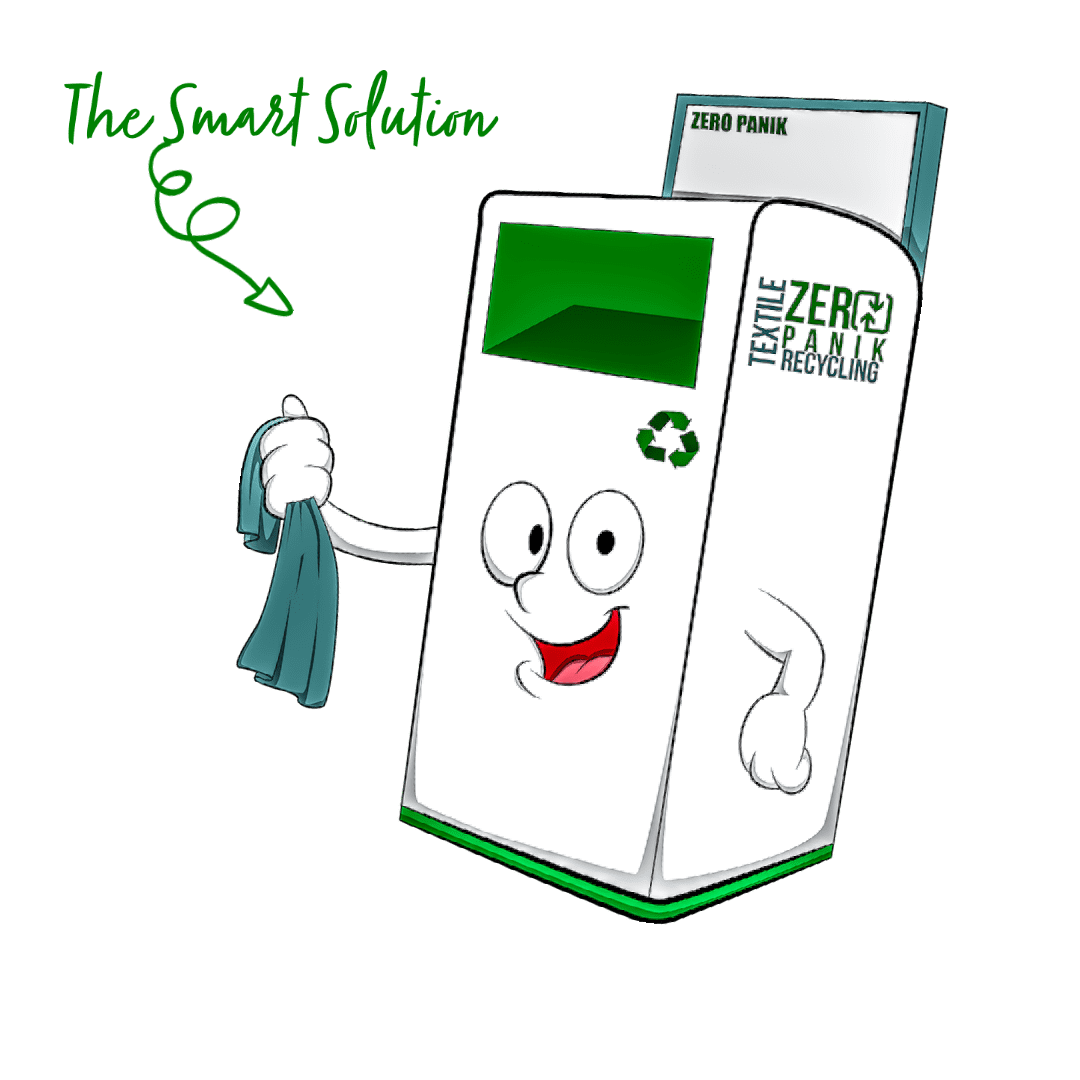
The fabric and clothing industry is evolving, fast fashion is becoming a thing of the past. Today, many well-known brands are partnering with a recycling company, to reduce the amount of textile waste sent to landfills from the industrial side of the fashion industry each year. But what happens to the clothing that we buy, wear, and donate?
The Truth About Clothing Donations
Used clothing donations are meant to be for clothing and shoes in good reusable condition. So, what do you do with the clothes you can’t resell or otherwise donate for resale? This was the question posed to me just five short months ago. As I began cleaning out closets and pulling out my older son’s hand-me-downs for my toddler, I also realized that some of his clothing had too many holes and stains. Since they could not be worn by my toddler, I begin looking for recycling facilities that can recycle torn and stained clothing & shoes.
What I found were mostly non-profits that collect clothing for a good cause mind you. However, most indicate the clothing they collect must be in wearable condition. So what happens to the clothing that cannot be resold or given away? Unfortunately, the answer is that these items are packaged with other clothing that might be in sellable condition, and sold to countries in Africa and South America. At first, I thought this was a good thing. Clothes that cannot be resold here in the United States, Europe, Canada, and other parts of the world, are being reused by others in less fortunate countries.
The problem I came to realize after doing more research, is there is simply too much-used clothing in the world. The amount of used clothing being delivered to these countries is greater than the needs of those people. So, despite best effort to avoid landfills, your clothes end up there anyway, only now that have also traveled overseas and become another country’s physical problem. Globally we all share the same air, so the impact of clothing in Africa’s landfills is the same as it that in the United States landfills.
This discovery broke my heart, and I started my path to building Zero Panik to resolve and fix this broken system and further to ensure that the clothing you donate is recirculated into the hands of people who will resell, repair, or renew.
Downcycling vs. Upcycling vs. Recycling
Downcycling clothing is another common ending to your donated clothing. When clothing is properly sorted, damaged items are removed, and sent to firms who can downcycle them into rags and insulation for construction and the automotive industry.
Downcycling clothing is an exciting new development in the recycling industry. Innovative companies like Circ, Re:Newcell, Ambercycle, Worn Again, and Block Texx are all defining their own part in the new technology where clothing can be broken-down into polymer and fibers to create new recycled fiber, which can then be used to make new clothing. This is well overdue, and we are excited to support these companies on their mission to increase clothing recyclability to include blended fabrics.
Repair and Renew
The ability to repair and renew old clothing can ultimately become even more available than recycling. These folks are experts. They specialize in fixing or fixing up your unwanted clothing and making it wearable for the next owner, extending the lifetime of each article and giving it a chance at a second life.

Our Vision
The path to a circular economy is not a straight line, and to keep doing things the way we have been and expect change is the definition of insanity. Our vision of a circular fashion system incorporates the brands, retailers, and customers all working together. Zero Panik is the bridge that will carve new paths for consumers and brands to connect.
Textile Waste Recycling In Your Community
School and community recycling programs, should actively include textile recycling, and clothing donations; teaching kids early about close the loop program initiatives. Online clothing swaps like swap.com and ThredUp can help you sell or swap unwanted clothing that is in good resale condition. Places like the Salvation Army and Goodwill will take all your old, used, unwanted clothing, linens, and accessories, then recycle or export what cannot be resold here in the United States.
Download the free e-book
Drop ’em While You Shop – These Retailers are Closing the Loop!
Drop your bag of unwanted clothing in the recycling box at your local store. All textiles are welcome – any brand, any condition – even-odd socks, worn-out T-shirts, and old sheets. The textiles are then sent to the nearest recycling plant, where they’re sorted by hand. For every bag of textiles you drop off, you’ll receive a discount card for 15% off your next in-store purchase.
Nike accepts any brand of athletic sneakers but is unable to recycle sandals, dress shoes, boots, or shoes with metal (like cleats or spikes).
Patagonia
Patagonia takes back used clothing
Puma
North face
Ellen Fischer
Support Slow Fashion – Close the Loop
Find a drop in your area and donate your unwanted clothing and shoes in good condition. You can support the sustainable fashion movement by donating, upcycling, and recycling unwanted items. Go one step further and shop for earth-friendly clothing made from natural fibers, recycled materials, and organic cotton.
